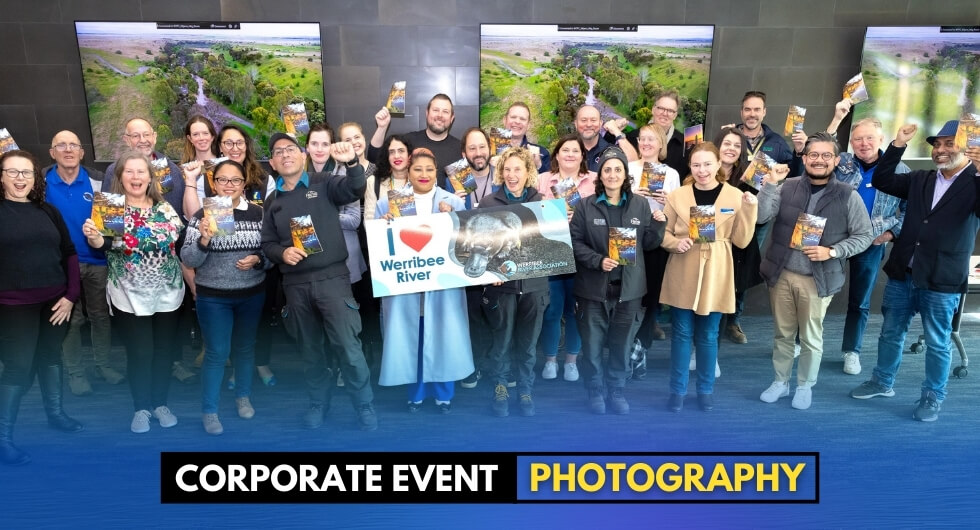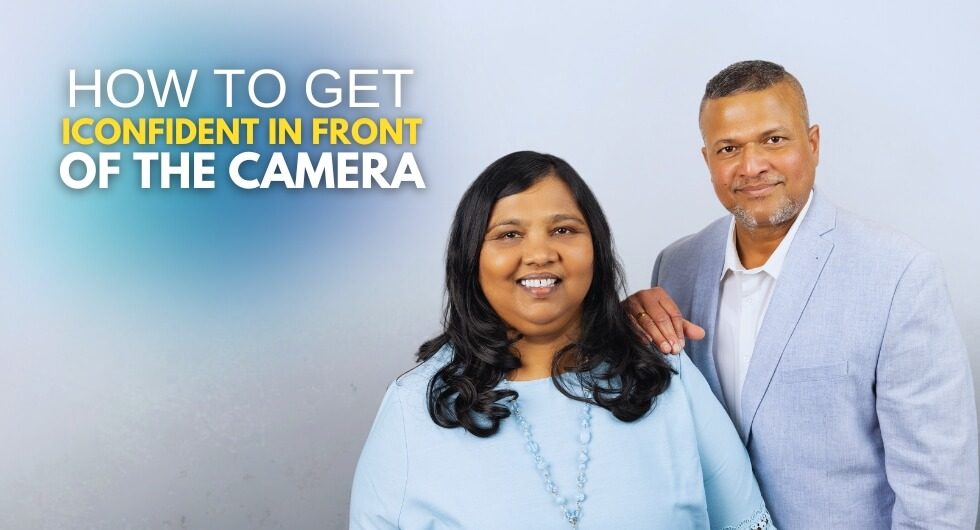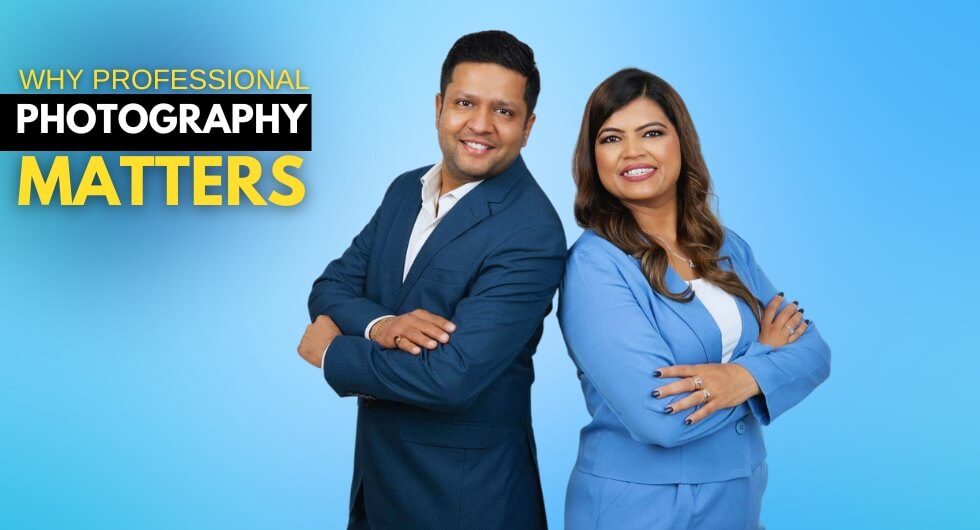Tips on planning and utilising corporate event photography for maximum impact. Corporate event photography is a powerful tool for capturing the essence and success of your business events. Whether you’re hosting a conference, seminar, product launch, or company celebration, high-quality photography can help you showcase your event’s highlights, engage your audience, and enhance your brand’s reputation. To maximize the impact of your corporate event photography, follow these essential tips for planning and utilization.
1. Define Your Objectives
Before the event, clearly define your objectives for the photography. Are you aiming to capture key moments, highlight guest speakers, showcase networking opportunities, or document the event’s atmosphere? Understanding your goals will help you communicate your needs to the photographer and ensure that the final images align with your objectives.
2. Choose the Right Photographer
Selecting a photographer with experience in corporate events is crucial. Look for professionals who understand the nuances of capturing business settings and can deliver high-quality images that reflect your company’s brand. Review their portfolio to ensure their style matches your vision and discuss your specific requirements during the pre-event consultation.

3. Plan Ahead
Effective planning is key to successful event photography. Consider the following steps:
- Create a Shot List: Identify specific moments or elements you want the photographer to capture, such as keynote speakers, panel discussions, or award ceremonies. This list will guide the photographer and ensure that all important aspects are covered.
- Scout the Venue: If possible, visit the venue in advance to assess lighting conditions, potential photo opportunities, and any logistical considerations. This will help the photographer prepare and plan their approach.
- Coordinate with the Photographer: Share event details, including the schedule, key contacts, and any special requests. Clear communication ensures that the photographer is well-prepared and can capture the event effectively.
4. Optimize Event Setup for Photography
To enhance the quality of your photos, consider these tips for optimizing the event setup:
- Lighting: Ensure the event space is well-lit to avoid dark or shadowy images. If the lighting is insufficient, discuss options with the photographer for additional lighting equipment.
- Backdrop and Decor: Pay attention to the event’s backdrop and decor. A clean, uncluttered background helps the main subjects stand out, while well-chosen decor can enhance the visual appeal of the photos.
- Seating and Layout: Arrange seating and layout to facilitate clear and unobstructed views for the photographer. Avoid placing important guests or speakers in areas that are difficult to photograph.
5. Engage Attendees
Encourage attendees to engage with the photographer. Inform guests about the photography and encourage them to interact naturally. Candid shots of people networking, discussing, and enjoying the event can add a dynamic and authentic element to the final images.
6. Utilize Photos for Various Purposes
Once the event is over, make the most of the photos by using them across different platforms and formats:
- Marketing and Promotions: Use the images for marketing materials, including brochures, social media posts, and newsletters. Highlight key moments and showcase the success of the event.
- Internal Communications: Share photos with employees and stakeholders to keep them informed and engaged. Highlighting event highlights can boost morale and reinforce company culture.
- Website and Press Releases: Feature the best images on your company’s website and in press releases to attract media attention and promote future events.
7. Review and Reflect
After the event, review the photos and gather feedback from attendees and stakeholders. Assess which images were most effective and consider any areas for improvement in future events. Reflecting on the outcomes will help you refine your approach to event photography and enhance its impact for future occasions.
Making the most of your corporate event photography involves careful planning, choosing the right photographer, optimizing the event setup, and effectively utilizing the images. By following these tips, you can capture the essence of your event, engage your audience, and enhance your brand’s visibility and reputation. High-quality photography is not just about documenting an event but also about showcasing its success and impact.


